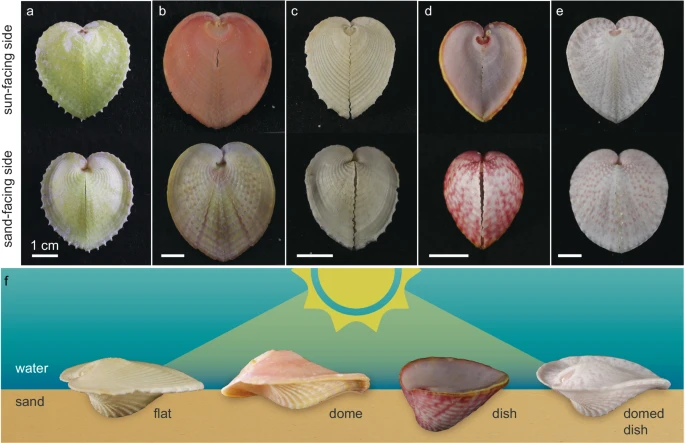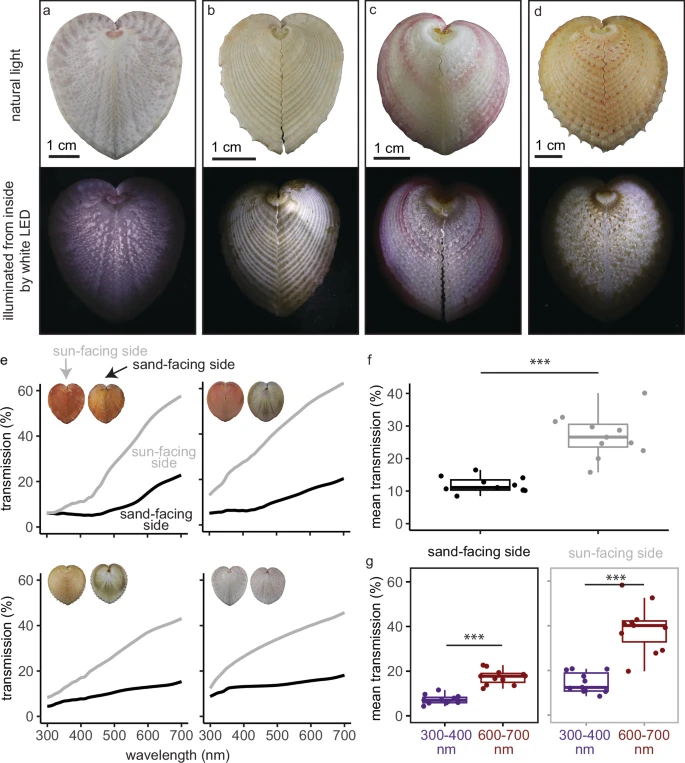Originally posted on Reddit. I'm wondering if I should write a discussion on creatures living in the interior of a planet discovering space and the wider universe, too.
Neolithic civilizations existed on Earth. The Polynesians until European contact and the Cucuteni–Trypillians in 4000 BC Romania are good examples. The Easter Island Polynesians even invented writing. It's hard to build an underwater blast furnace, though, which has been claimed to prevent aquatic creatures from progressing further.
Well, if we also assume that these creatures are electroceptive like rays, I think it's likely their equivalent to alchemists (people with the leisure and interest to mess with chemical reactions who manage to form a community) would find solid materials that "look" like seawater. If they aren't electroceptive they would either need conductive natural solids or building their first circuits would be much more of a freak event.
If they have access to hot temperatures, they could coke coal (or silicon "coal" if they're silicon based) fairly easily. Otherwise, it would be a conductive polymer of some sort. Once you have a conductive solid to transport electrons and an electrolyte to transport ions, you can do electrochemistry, which would be discovered at some point afterwards.
Electrochemistry can be used to make various circuits like telegraphs, but can also be used to electrolytically produce metals. At high pressures a lot more is soluble so that's extra relevant for creatures in the deep sea. Now, once we have metal they obviously can do a lot of the same things we can.
All in all, I think this is a compelling reason why sea creatures could industrialize and eventually interact beyond their planet.

